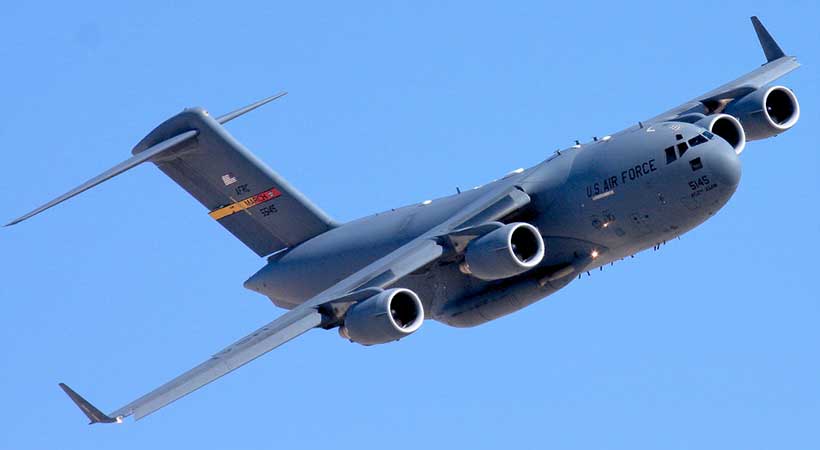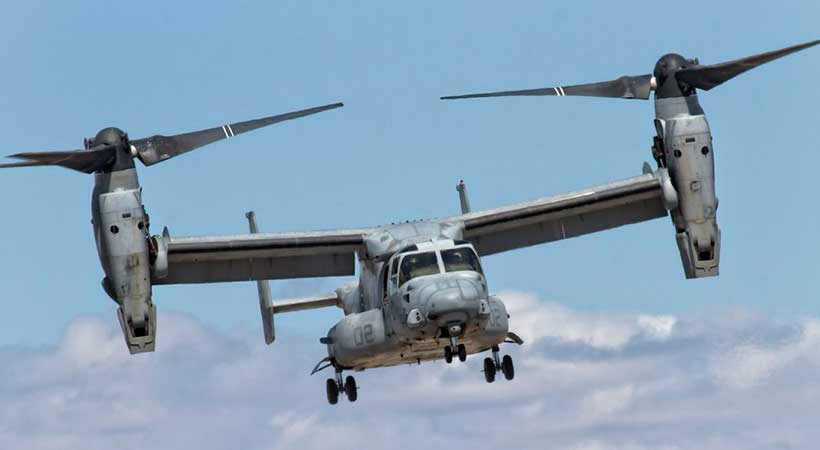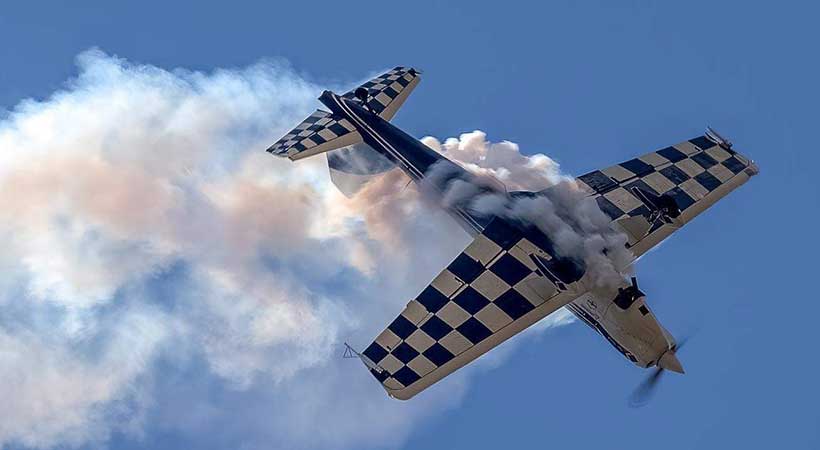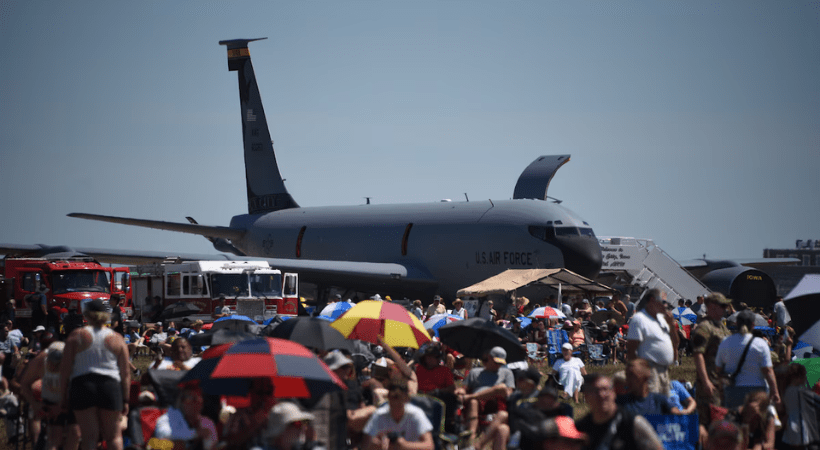C-17 Globemaster III
The C-17 Globemaster III is a massive symbol of American airpower and global reach. Designed to carry troops, vehicles, and cargo into the heart of conflict zones or across continents for humanitarian missions, this jet-powered behemoth combines size, strength, and agility. With its sweeping wings, T-tail, and four roaring engines, the C-17 commands attention—its very presence embodies the might and mission of the U.S. Air Force....






























